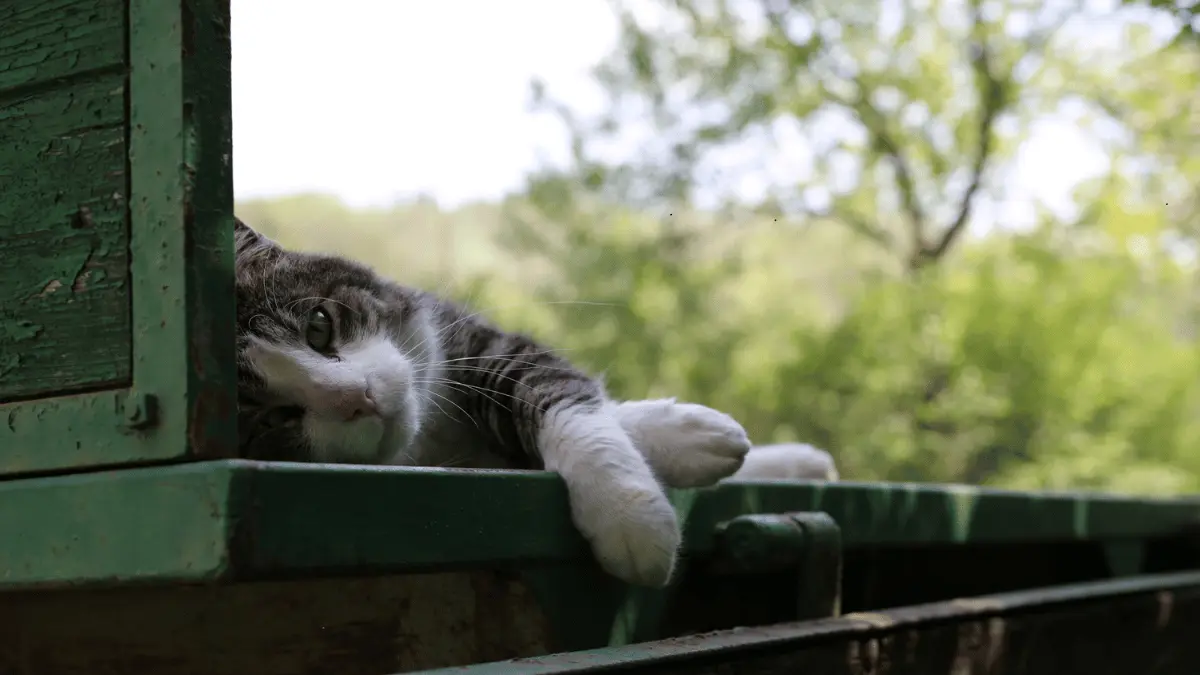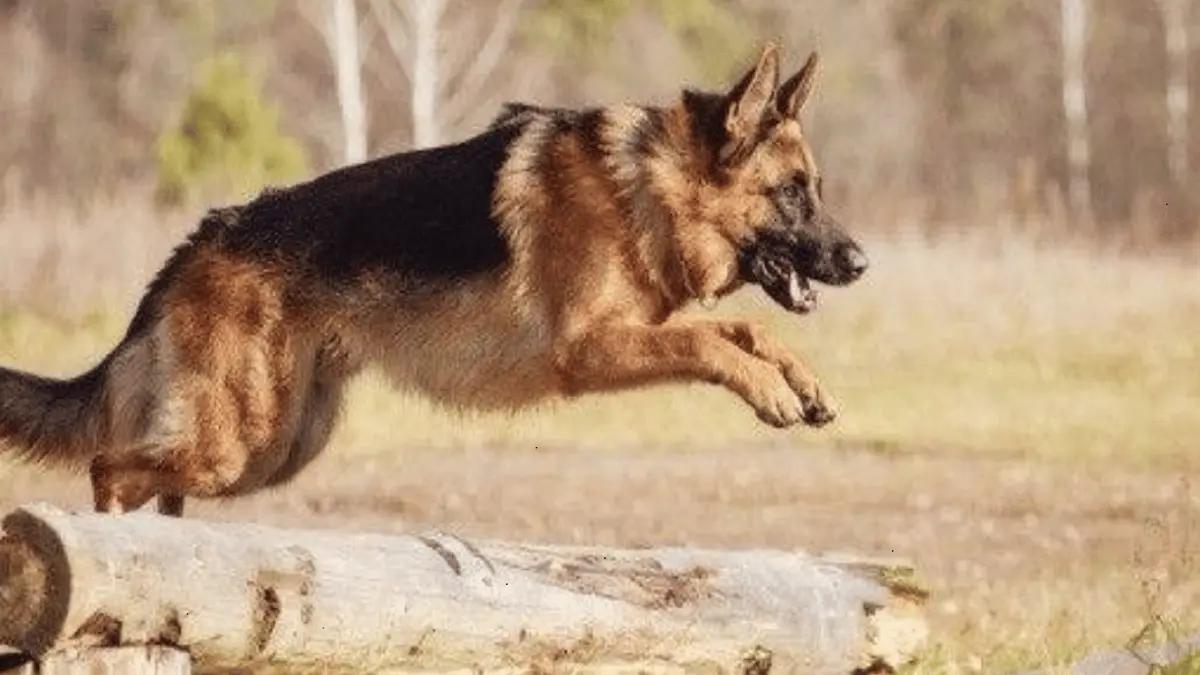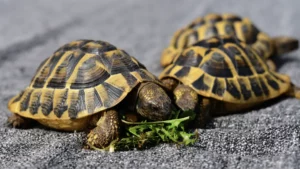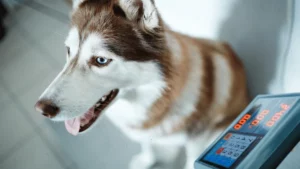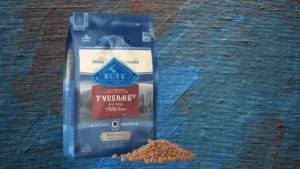Cardigan Welsh Corgi: A Deep Dive into a Distinctive Breed
Discover the captivating world of Cardigan Welsh Corgis! Dive into their history, traits, and why they make great pets.
In this blog post, we delve into the captivating world of the Cardigan Welsh Corgi, a breed renowned for its adaptability, athleticism, and hardiness. Originating from the hills of Cardiganshire, Wales, this breed is a testament to the power of evolution and the enduring bond between humans and dogs.
Breed All About It – Cardigan Welsh Corgi
A Glimpse into the Past
The Cardigan Welsh Corgi’s history is as intriguing as the breed itself. The ancestors of the Cardigan migrated to Wales with Celt warriors thousands of years ago. These dogs needed to possess great strength, both in temperament and physicality, to control livestock.
Interestingly, the Cardigan’s dwarfism, known as chondrodysplasia, was originally a genetic mutation. However, as a herding dog, his short legs became an asset. His low height allowed him to dodge and avoid cattle kicks, making him an invaluable asset to farmers.
In the early days, Cardigans were tasked with moving the owner’s cattle to grazing land and keeping trespassing cattle off the owner’s property. They were also used for companionship, general farm work, protection, and vermin hunting.
The Cardigan Today
While only a few Cardigans are employed moving livestock today, they all thrive when kept busy. These intelligent and biddable dogs excel in dog sports such as obedience, tracking, herding, rally, agility, and barn hunt.
At home, daily walks, focused training sessions, and activities such as ball chasing keep the Cardigan healthy and satisfied. The Cardigan adapts well to urban settings and apartment living, as long as he’s exercised regularly.
Cardigans show reserve with strangers outside the home. Around their own property, Cardigans enthusiastically wear the watchdog cap. The breed, ever vigilant, has no interest in topping any Quiet Dog list. Yes, he tends to bark alarms!
Cardigans do well with animals in their own household, but they may push strange animals around. After all, the Cardigan’s ancestors were taught specifically to chase stray animals off the property. And let’s not mince words: Herding breeds are characteristically bossy!
Cardigan vs Pembroke
Despite name similarities and physical likenesses, the Cardigan Welsh Corgi and the Pembroke Welsh Corgi are distinct breeds with their own histories and ancestors. Both breeds worked with farmers to lead cattle to grazing land and stood guard over the barnyard.
But Cardigans (some two thousand years older) were developed in the rocky terrain of Cardiganshire in southwest Wales. Pembrokes were developed in the flatter terrain of Pembrokeshire in southern Wales.
These days, a quick way to tell the Cardigan from his cousin the Pembroke Welsh Corgi: Cardigans have a long, foxlike tail; Pembrokes have tails docked close to the body.
Cardigan Welsh Corgi at a Glance
- Weight: 30-38 pounds (male); 25-34 pounds (female)
- Life span: 12 to 15 years
- Coat: Double coated. The outer hairs have a slightly harsh texture, and the insulating undercoat is short, soft, and thick.
- Color: Red, sable and brindle; black, blue merle
- Grooming: Easy keepers, requiring mainly weekly brushing
- Shedding: Yes, especially seasonally
- Best for: Active singles and families
- Accurate name: In Welsh, the word Corgi loosely translates to dwarf dog.
- AKC popularity rank: 66th
- Equipment: The Cardigan isn’t built for strong or prolonged swimming, so get him a life jacket. Some Cardigans also use portable stairs to help them up on furniture.
- Possible health issues: Degenerative myelopathy, hip and elbow dysplasia, canine intervertebral disc disease.
In conclusion, the Cardigan Welsh Corgi is a breed that is as charismatic as it is versatile. Whether you’re looking for a companion, a watchdog, or a sports dog, the Cardigan Welsh Corgi is a breed worth considering.

